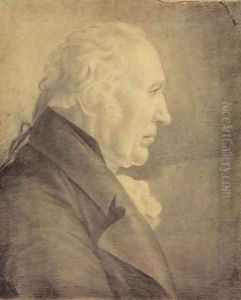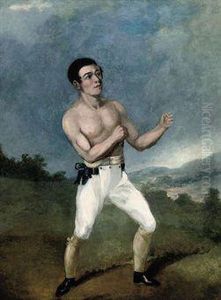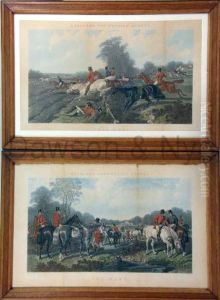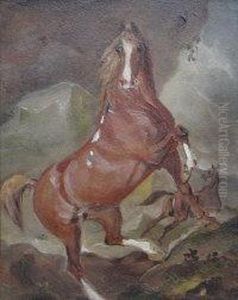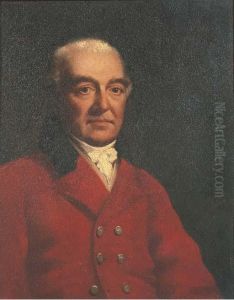John Henning Paintings
John Henning was a British sculptor born in 1771 in Paisley, Scotland. He was largely self-taught, and his work was primarily in the neoclassical style, which was popular in Europe during the late 18th and early 19th centuries. Henning is best known for his bas-relief reproductions of the Parthenon Marbles, also known as the Elgin Marbles.
Henning moved to London in 1800, where he began his artistic career as a cameo cutter. This detailed, small-scale work helped him develop the precision and accuracy that would later characterize his bas-reliefs. He initially struggled to establish himself, but his fortunes changed when he started working on reproductions of the Elgin Marbles. These marbles were originally part of the Parthenon in Athens but had been removed to Britain by Lord Elgin. Their arrival sparked a great deal of interest in ancient Greek art, which Henning capitalized on.
Around 1814, Henning began to produce a series of high-quality bas-reliefs based on the marbles, which he sold to collectors and institutions. These works were praised for their fidelity to the originals and were instrumental in popularizing Greek art in Britain. Henning's reproductions were so esteemed that he was commissioned by the British Museum to create a frieze for the museum's façade, completed in 1830, which is still visible today.
Throughout his career, Henning also created original sculptures and portrait busts, although these were less celebrated than his reproductions. His work reflects the neoclassical ideals of harmony, clarity, and simplicity. Henning's dedication to Greek classical art helped to influence British art and contributed to the neoclassicism movement in Britain.
John Henning died in 1851 in London. His legacy lives on through his precise and beautiful reproductions of ancient Greek art, which continue to be appreciated for their craftsmanship and historical significance.
